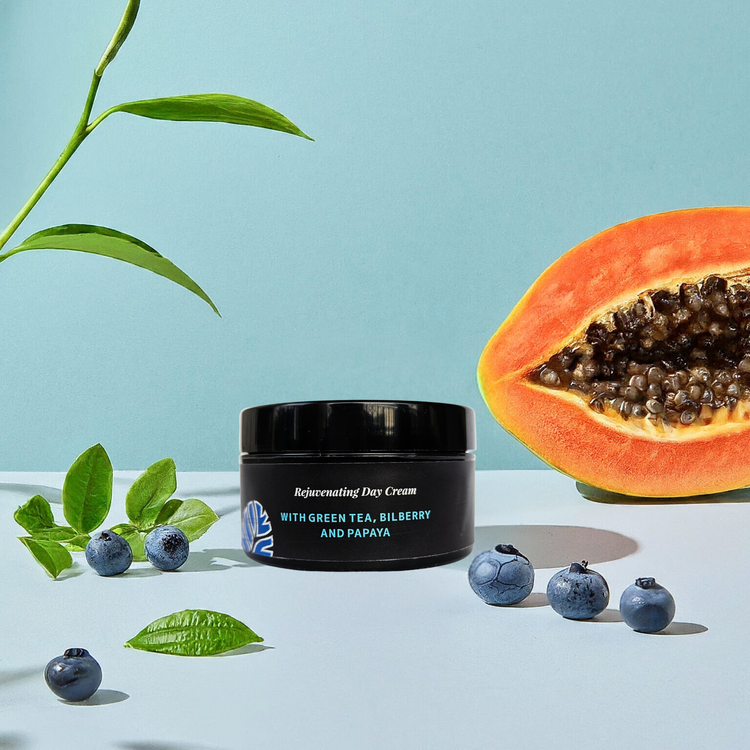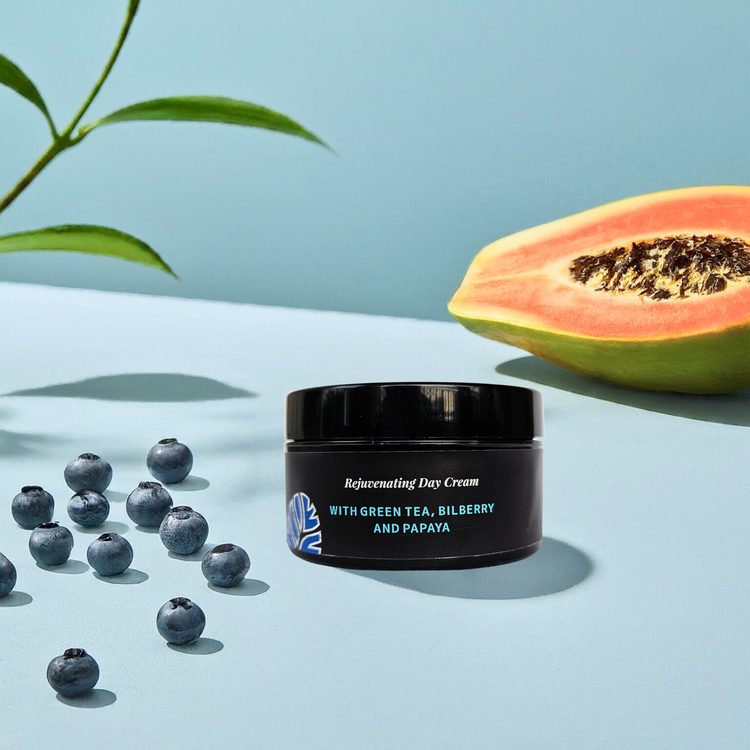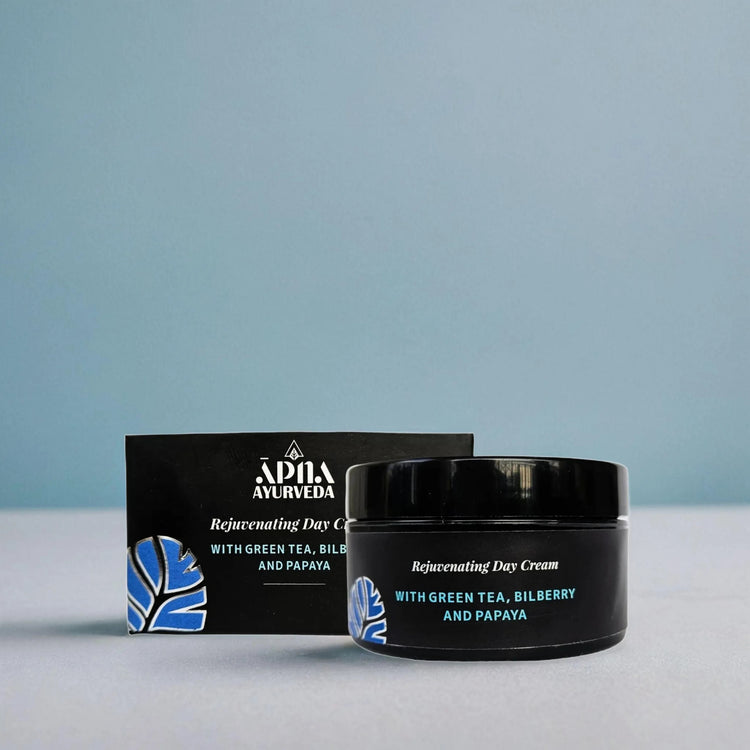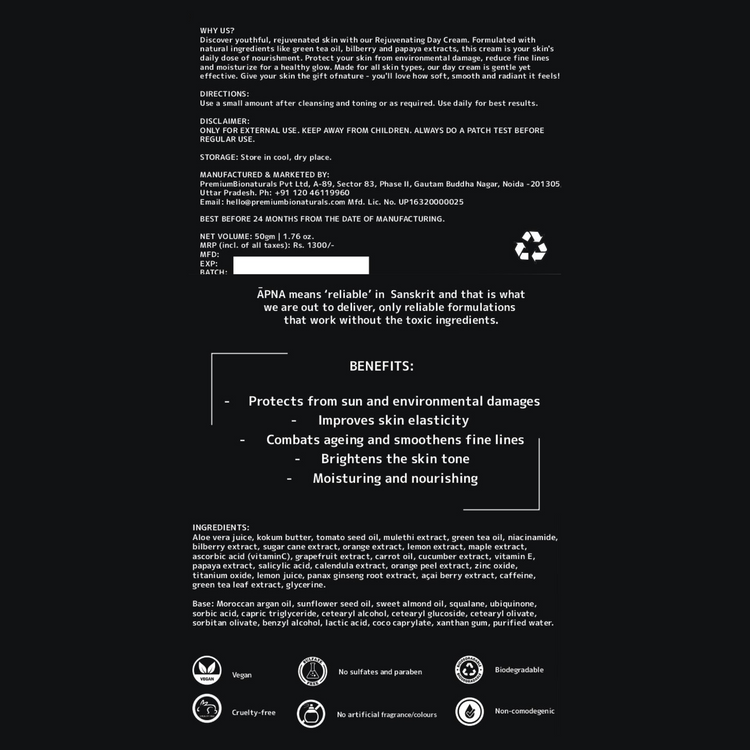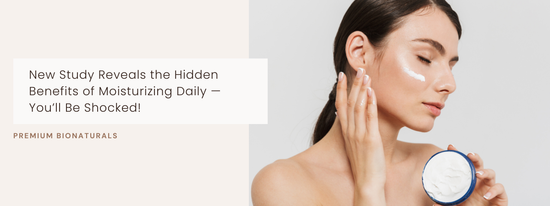For people obsessed with skincare, vitamin c is a must-have ingredient. It’s a versatile ingredient that can be used in so many ways and has been proven to have many benefits for the skin.
Ascorbic acid—better known as vitamin C—is one of the most powerful and well-researched ingredients in modern skincare. Loved by dermatologists and skin experts alike, this potent antioxidant can help brighten dull skin, fade pigmentation, fight acne, and even prevent signs of ageing. Ascorbic acid uses in skincare go far beyond brightening—this powerhouse ingredient also firms, protects, and revitalises the skin.
But what exactly makes it a must-have in your routine?
Let’s explore the most effective ascorbic acid uses in skincare and why this single ingredient deserves a permanent place on your bathroom shelf.
Why Ascorbic Acid for Skin?

Using ascorbic acid for skin helps reduce fine lines, fade pigmentation, and boost collagen naturally. That’s what makes it a true multitasker in skincare. It also protects and repairs your skin barrier over time.
Ascorbic acid for skin works on multiple levels—it brightens, firms, protects, and repairs. When used regularly, it targets uneven tone, dullness, and environmental damage. The real magic lies in its ability to boost collagen production while neutralising free radicals from pollution and sun exposure.
Key Benefits of Ascorbic Acid for Skin

1. Brightens and Evens Skin Tone
One of the top benefits of ascorbic acid for skin is its ability to fade pigmentation, sunspots, and dullness. It inhibits melanin production, helping to even out your skin tone naturally over time.
2. Firms and Boosts Collagen
Vitamin C supports natural collagen synthesis—meaning it improves skin elasticity and reduces fine lines. Skin looks firmer and smoother with regular use.
3. Antioxidant Protection
Daily vitamin C antioxidant skin protection helps shield your skin from UV rays, pollution, and blue light. While not a sunscreen replacement, it strengthens your skin’s defense when layered under SPF.
4. Calms Acne and Inflammation
Using vitamin C for acne and inflammation can soothe redness, reduce breakouts, and fade post-acne scars thanks to its anti-inflammatory and healing properties.
5. Topical Vitamin C Serum Effects
Topical vitamin C serum effects are visible in as little as 2–4 weeks with consistent use. Skin looks brighter, texture feels smoother, and early signs of aging begin to soften. Pairing your vitamin C with sunscreen helps lock in its brightening benefits and prevent further pigmentation.
How To Use Ascorbic Acid In Your Skincare Routine?
Want to take your glow game up a notch? If you want to reap the above benefits of Ascorbic Acid, here’s what to follow:
Vitamin C Serum: An active-infused serum is the most efficient way to address your pressing skin concerns. Use a serum with 15% L-Ascorbic Acid that goes 4X deeper into the skin and ensures results in only 5 days. It fades dark spots and patches while protecting your skin from external aggressor. The emollient-rich formula doesn’t clog the pores and melds beautifully into the skin.
Application: After cleansing, dab a generous amount of the Ascorbic Acid serum on your face. Once through, use a lightweight yet effective moisturiser to put a sturdy lock on this treatment for best results. We recommend our Rejuvenating Day Cream – Green Tea, Bilberry & Papaya—a gentle, antioxidant-rich formula that hydrates, soothes, and supports vitamin C absorption throughout the day.

Combining vitamin C, vitamin E, and ferulic acid can triple the antioxidant power of your serum, offering enhanced protection against pollution, sun exposure, and early signs of aging.
To get the best results:
-
Use in the morning: Apply your vitamin C serum on freshly cleansed skin before layering on moisturizer and SPF.
-
Avoid mixing with active exfoliants: Skip pairing it with AHAs or retinol in the same routine to prevent irritation. Stick to vitamin C in the AM and stronger actives at night.
-
Stay consistent: Be patient—visible improvements in skin tone, texture, and brightness usually show up within 2–4 weeks of regular use.
What Makes L-Ascorbic Acid So Special?
L‑ascorbic acid skincare benefits are best realised with stabilised formulations between 10–20% concentration. This ensures the ingredient remains effective without irritating the skin.
L-ascorbic acid skincare benefits are unmatched when formulated correctly. This pure form of vitamin C is the most effective—but also the most unstable. For best results:
-
Use formulas with 10–20% L‑ascorbic acid
-
Choose products packaged in dark, airtight containers
-
Store away from light and heat to prevent oxidation
How Often Should I Use This L-Ascorbic Acid Serum?
If you’re new to L-Ascorbic Acid, use it only 2 to 3 times a week. This allows your skin to get accustomed to the active ingredient, reducing the risk of flare-ups. In case of no alarming signs, add the serum to your daily AM routine. Pairing Vitamin C with your sunscreen will bolster your skin’s sun protection. Talk about a win-win.
And for your evening routine, pair your daytime antioxidant care with deep overnight nourishment. Our Revitalising Night Cream – Sea Buckthorn, Acai Berry & Retinol works wonders to support cell turnover, restore hydration, and reduce signs of aging while you sleep.

The Antioxidant Trio That Supercharges Your Skincare
Combining vitamin C, vitamin E, and ferulic acid can triple the antioxidant power of your serum—but that’s just the beginning. This powerhouse trio works in harmony to deliver visible results and long-term skin protection:
-
Strengthens your skin’s defence against free radicals and daily environmental stress
-
Boosts brightness, smoothness, and overall skin clarity
-
Stabilises vitamin C to improve shelf life and reduce potential irritation
Together, they make your daily serum more effective and far more skin-friendly.
Frequently Asked Questions
Q1) What are the most common ascorbic acid uses in skincare?
A) Brightening, reducing dark spots, supporting collagen, and protecting skin from oxidative stress.
Q2) How does ascorbic acid benefit skin texture and tone?
A) It smooths rough texture, fades pigmentation, and evens skin tone for a brighter complexion.
Q3) Is L‑ascorbic acid better than other vitamin C derivatives?
A) Yes—it's the most effective form, but it requires proper formulation and storage due to its instability.
Q4) What’s the ideal concentration of topical vitamin C for visible results?
A) 10–20% L‑ascorbic acid is ideal. Lower strengths may be better for sensitive skin types.
Q5) Can I combine vitamin C with vitamin E and ferulic acid safely?
A) Absolutely. This combo boosts efficacy, absorption, and antioxidant protection.
Q6) Does vitamin C help with acne and post-inflammatory marks?
A) Yes. It reduces redness, calms inflammation, and fades acne-related pigmentation over time. For enhanced results, vitamin C can be paired with other acne-supportive ingredients like salicylic acid. Learn more about its benefits in our blog on salicylic acid for acne-free radiance.
Ascorbic Acid or Vitamin C is the holy grail of skin brightening. It curbs melanin production in skin cells to fade dark spots and pigmentation. But that’s not all. You can use Vit C (or Ascorbic Acid) to fight premature aging lines, improve skin texture, reduce inflammation, and fight free radicals among other things. For more skin-positive insights, explore our guide on vegan skincare tips for the summer heat.






